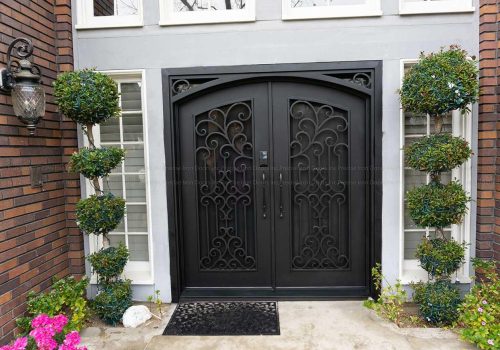Mix and Match: Combining Countertop Materials for a Unique Kitchen Look
Gone are the days when kitchens featured a single countertop material throughout. Today’s on-trend kitchens artfully blend different surfaces on the counters and island to create depth, contrast, and visual interest. Mixing materials adds diversity to the decor and allows you to localize choices based on function. Here’s how to elegantly mix and match countertops.
Combine for Contrast
Contrasting colors, textures, and tone create a dynamic look. For example, the experts at Bedrock Quartz recommend pairing cool white quartz countertops on the perimeter with warm wood tones on the central island. Or you could blend glossy tile inlays along the backsplash with matte soapstone countertops for multidimensionality. Contrast smartly chosen materials against each other to ramp up depth and dimensions.
Match Function with Location
The ideal material for a given counter area depends on its intended use. Take advantage of that flexibility when mixing choices. Install resilient quartz where hot pots sit, and messy meal prep occurs. Use delicate marble on a less-trafficked coffee bar or drink station.
Locate wood and concrete in casual dining zones away from splashes. Let each material shine by matching its durability and style to each countertop’s functionality. Divvy your space, then diversify material accordingly.
Create Thematic Zones
Like distinct rooms, separate countertop materials can define individual work zones in the kitchen. For example, stainless steel tops the cleanup zone embedding sinks and dishwashers. Quartz or granite surfaces the food prep area.
Wood tones warm up the beverage center and seating. Individualized materials connect spaces aesthetically with guests, giving the kitchen a nuanced personality.
Vary Edge and Surface Profile
Edges and surfaces offer even more opportunity to differentiate areas through varied profiles. Waterfall edges on seating counters contrast with sharp 90-degree corners on work zones. Built-up edges and unexpected curves provide short attention-grabbing accents.
Divide large islands into distinct cooking and gathering areas through changes in level and ledge design. Varying edge and surface profiles adds both visual and tactile diversity.
Repeat Key Finishes
Tying everything together cohesively can be challenging when blending multiple materials. Repeat decorative finishes that complement all your material choices, like brass hardware and lighting fixtures. Consistent tile mosaics along the entire backsplash also ensure unity.
Echo elements like stained wood barstools around a concrete-topped island countered with white quartz perimeter counters tied together by wood open shelving. Repetition prevents eclectic becoming chaotic.
Mind the Transitions
For a seamless look, mind the edges where different countertop materials join. Select materials and place the joint where impact is minimized. For example, position the joint where backsplashes, walls, or appliances meet the counter versus mid-counter.
Using coordinating edge profiles minimizes transition differences. Small design accents like tile inlays can also disguise seams. With careful joint placement and edge details, seamless mixed material counters are possible.
Embrace Your Inner Maximalist
For the bold, do not shy away from eclectic, strikingly contrasted combinations and bold patterns. Dramatic marble graphics on the island, hardwood butcher block counters adjoining matte black quartz tops and a mosaic glass tiled drink rail flaunt decorative diversity.
Pushing stylistic boundaries will appeal to those with artfully maximalist and glamorously eclectic tastes. Express yourself through contrasting extravagance!
Conclusion
Far from cookie cutter, today’s mixed material counters reflect diverse tastes with bespoke handpicked finishes. Contrast establishment favorites like quartz and granite with up-and-comers like concrete for uniquely original pairings. Section off separate work zones through distinct surfaces. Repeat key colors and textures to maintain flow. Mind the transitions.
With thoughtful selection and seamless installation, you can blend countertop materials beautifully for a one-of-a-kind modern kitchen.


